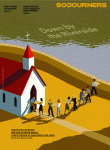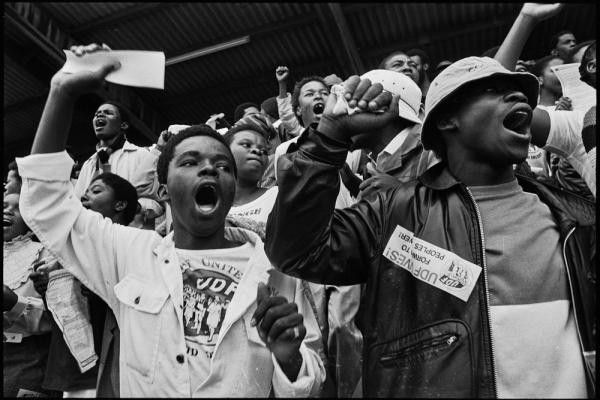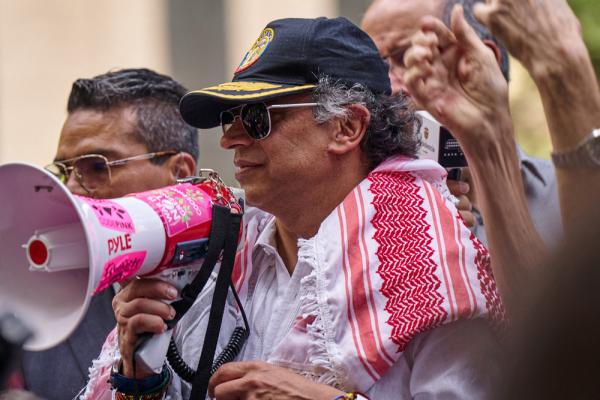FOR MANY INVOLVED in interfaith engagement, the goal is to seek common ground and values. The assumption is that differences are the source of conflict and peace is predicated on seeing each other as having more in common than different. This is a framing I hear again and again. It is certainly a necessary first step for communities that have narrow ranges of engagement with one another. For instance, it is powerful to watch students in my interfaith classes at Christian seminaries recognize how Islam and Christianity share a reverence for Christ.
But there are reasons we need to move beyond this mere appreciation of commonalities between religious traditions as the foundation for interreligious engagement.
Episodic empathy. Students and community leaders often develop a profound empathy when they engage with another tradition. However, if we don’t teach tools for navigating difference between communities, the empathy can become narrowly tied to the limited episodes of encounter, which are often facilitated by third parties. Does this empathy move from an affect of appreciation in that moment into an operationalized form of engagement across difference? When a crisis occurs and there is a rise in hatred, does the mere “common ground” approach promote behavior of deep allyship for when a community is targeted for hate and violence?
Trauma-informed interfaith engagement. It is important to name the wounds of how communities have historically and in contemporary times hurt one another. For educators and facilitators, this involves a complex set of dialogic design challenges. We must create space for trauma-informed interfaith dialogue, using, for instance, the long-term approach of sustained dialogue advanced by Harold Saunders.
If interfaith encounter happens without any historical context of how people in the room carry wounds, and if they must face those whom they construe as having inflicted that trauma, then people will shut down, leave the dialogue, or in fact be traumatized by it. If you’ve had people suddenly drop out of interreligious spaces, this may be what happened.
Sometimes, when pursuing religious and interfaith literacy, the only knowledge that is promoted or learning that is rewarded is the type that minimizes the differences between religious traditions and affirms commonalities. We live in a time where building skills for dialogue should include not just building bridges but also sometimes fragile, complex ships that go between the shores of difference. Perhaps the bridge metaphor should be retired. We need to think about how religious education, interfaith encounter, and conversation reflect the difficult and dangerous stakes of this type of engagement. Peace comes not through being the same but in learning how to move through difference. Delve deeply, build slowly, and transform the world together.

Got something to say about what you're reading? We value your feedback!







